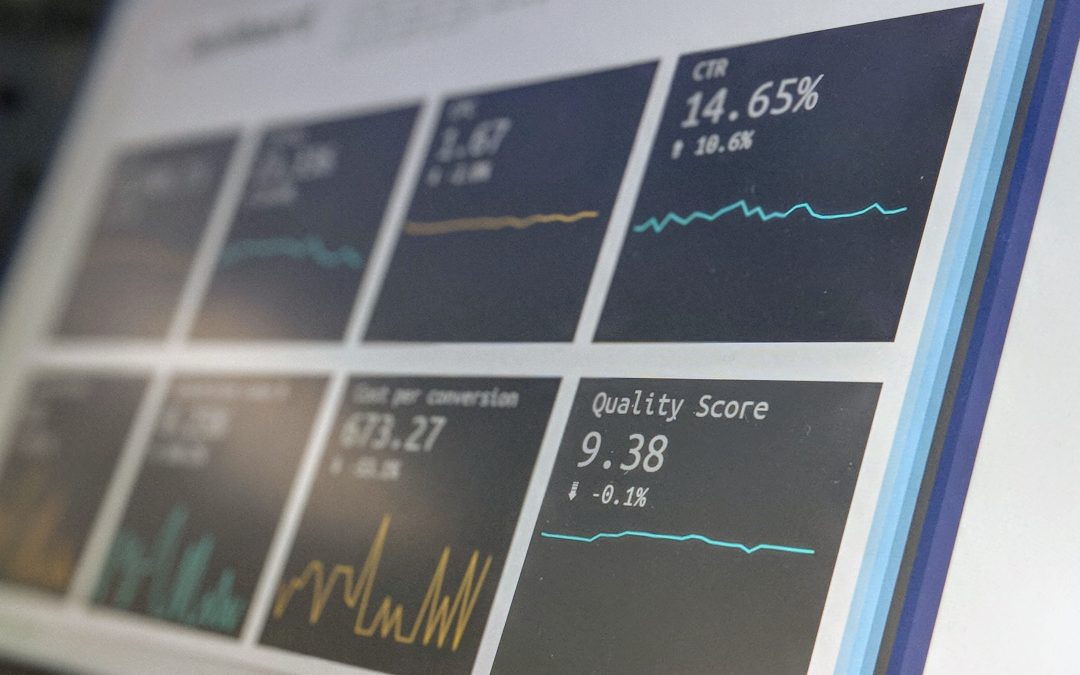Published in Adotas on 9/11/18
A lot of successful marketers are optimistic by nature, focusing on the positive. This positivity shows up in marketing performance analysis and optimization as well. By the nature of the word ‘optimize’ there is a tendency to think about metrics that we want to increase, enhance, boost, lift, and otherwise raise the level of performance. We want to focus on ways to increase our click rates, open rates, conversions, and of course return-on-investment. While this positive mindset is generally very effective in marketing (and life), it can lead to turning a blind eye toward what marketers consider to be negative outcomes from their campaigns. In the email arena, this means metrics like opt-outs, bounces, complaints and spam reports, etc.
Many email marketers do look at these metrics, but often just with the hope that they aren’t increasing. However, this represents a missed opportunity to use the data provided in these negative marketing signals to optimize future campaigns.
Here are three commonly available negative marketing signals that be turned into positives, with a little creative thinking.
1. Bounce Rate
Most email marketers look at open rates for all their campaigns. The idea being, you can’t become a conversion if you don’t even open the email. But, if an email doesn’t even make it to the inbox, it can’t even be opened, let alone lead to a conversion. If you are actually trying to increase your open rates, then reducing your bounce rates is a great way to start. One step is to ensure you’re cleansing your email lists regularly to remove invalid or unverified addresses. Following that, you may want to start tracking valid emails that bounce more than once. Removing email addresses that bounce multiple times, will help keep your list clean and generally have higher deliverability. Having a clean list can also help your sender reputation, which can lead to better inbox placement in the future…
Read the entire article at Adotas.

